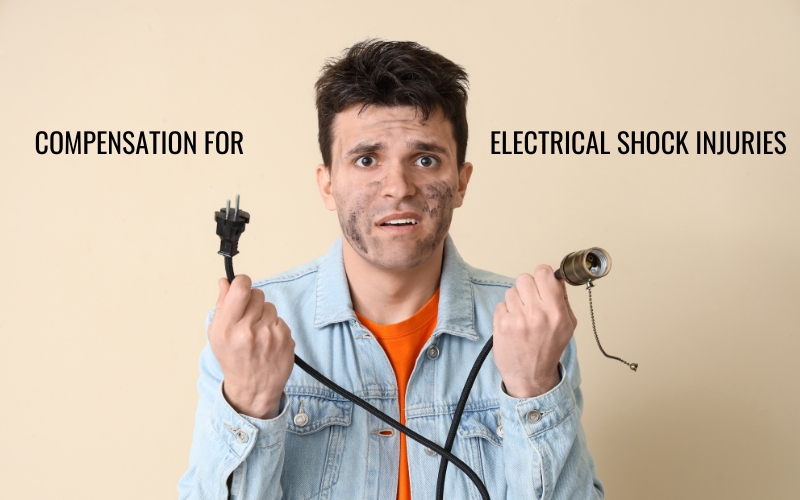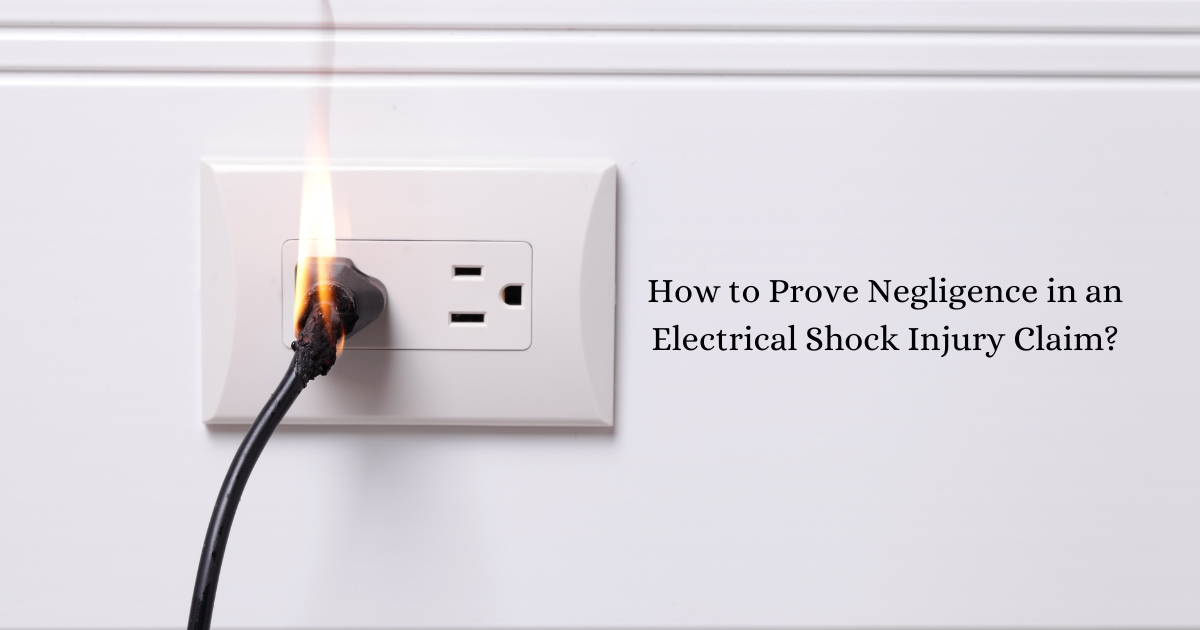
Electrical shock injuries can be sudden and devastating, affecting not just physical health but also financial stability and overall well-being. Whether at home, work, or in public spaces, incidents involving electrical shocks demand immediate attention and informed action.
Understanding your rights and the avenues available for compensation is crucial in such situations.
Imagine a scenario where a routine electrical task unexpectedly turns into a life-altering event due to an electrical shock. In these moments, knowing what steps to take can make all the difference.
This blog explores the intricacies of seeking compensation for electrical shock injuries, offering a clear roadmap from understanding the types and severity of injuries to navigating the legal complexities involved.
By arming yourself with this knowledge, you empower yourself to protect your rights effectively and seek the compensation you deserve.
Understanding the legal framework, types of compensation available, and the role of legal representation is essential for anyone impacted by electrical shock injuries.
Let’s delve into the details to ensure you’re prepared should you or a loved one ever face this challenging situation.
Types and Severity of Electrical Shock Injuries
Electrical shock injuries vary widely in type and severity, depending on factors like voltage, duration of exposure, and the path electricity takes through the body. Understanding these distinctions can help in assessing the potential compensation:
- Burns: Common injuries, ranging from mild to severe burns, depending on the voltage and contact duration.
- Cardiac Effects: Electrical shocks can disrupt the heart’s rhythm, leading to arrhythmias or cardiac arrest.
- Neurological Damage: Direct contact with high voltage can cause nerve damage and neurological impairments.
- Musculoskeletal Injuries: Strong muscular contractions due to electric shocks can result in fractures or muscle tears.
- Internal Injuries: Electricity passing through the body can damage internal organs, leading to long-term health issues.
Legal Framework and Rights
Understanding your legal rights is crucial when pursuing compensation for electrical shock injuries. Here’s what you need to know:
- Liability and Negligence: Explaining who may be liable in cases of electrical shock injuries, such as property owners or employers.
- Legal Rights: Overview of your rights as a victim, including the right to seek compensation for medical expenses, lost wages, pain, and suffering.
- Role of Electric Shock Lawyers: Seeking guidance from experienced electric shock lawyers can help navigate legal complexities, ensuring your rights are protected and maximizing potential compensation.
Compensation Available for Electrical Shock Injuries
After an electrical shock injury, victims may be entitled to various types of compensation based on their circumstances and the severity of their injuries. Key aspects include:
- Medical Expenses: Coverage for hospital bills, surgeries, medications, rehabilitation, and ongoing medical care related to the electrical shock injury.
- Lost Wages: Compensation for income lost due to time away from work during recovery or due to permanent disability.
- Pain and Suffering: Financial compensation for physical pain, emotional distress, and diminished quality of life caused by the injury.
- Punitive Damages: Additional compensation awarded to punish the responsible party for gross negligence or misconduct.
Steps to Take After Suffering an Electrical Shock
If you’ve experienced an electrical shock, taking immediate action is crucial to protect your health and legal rights. Here are essential steps to consider:
- Seek Medical Attention: Even minor electrical shocks can cause hidden injuries. Get medical help promptly to assess and treat any health issues.
- Document the Incident: Record details such as the location, circumstances, and equipment involved in the electrical shock. Take photos if possible.
- Gather Evidence: Preserve any physical evidence, including damaged equipment or clothing. Collect witness contact information for future testimony.
- Notify Authorities: Report the incident to relevant authorities, such as your employer or property owner, to ensure an official record is created.
Taking these steps promptly can strengthen your case for compensation and ensure you receive the necessary medical care following an electrical shock injury.
Navigating the Legal Process
Understanding the legal process after an electrical shock injury involves several key steps:
- Filing a Personal Injury Claim: Begin by gathering evidence and filing a claim with the responsible party’s insurance company or through legal channels.
- Discovery and Evidence Gathering: Both parties exchange information and evidence to build their cases.
- Negotiation and Settlement: Parties may negotiate a settlement to avoid a trial, ensuring timely compensation.
- Trial: If a settlement isn’t reached, the case may proceed to trial, where evidence is presented, and a judge or jury determines the outcome.
Working with experienced electric shock lawyers can streamline this process, ensuring adherence to legal deadlines and maximizing potential outcomes.
Importance of Legal Representation
Having a personal injury attorney specializing in electrical shock cases offers crucial advantages:
- Expertise and Experience: Lawyers understand complex legal procedures and can navigate nuances specific to electrical shock cases.
- Maximizing Compensation: Skilled attorneys assess damages comprehensively, accounting for long-term medical costs, lost wages, and pain and suffering.
- Negotiation Power: Lawyers negotiate with insurance companies or represent clients in court to achieve fair compensation.
Navigating the aftermath of an electrical shock injury requires swift action and informed decisions. Understanding your legal rights and seeking the guidance of experienced electric shock lawyers can significantly impact the outcome of your case. From filing a claim to negotiating a settlement or litigating in court, professional legal representation ensures your interests are protected and compensation maximized.



